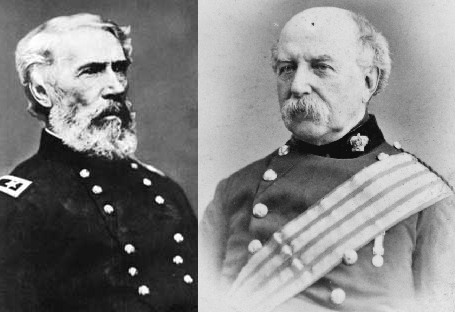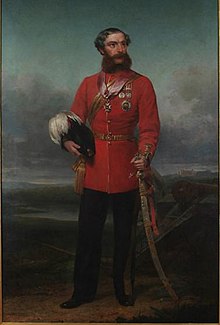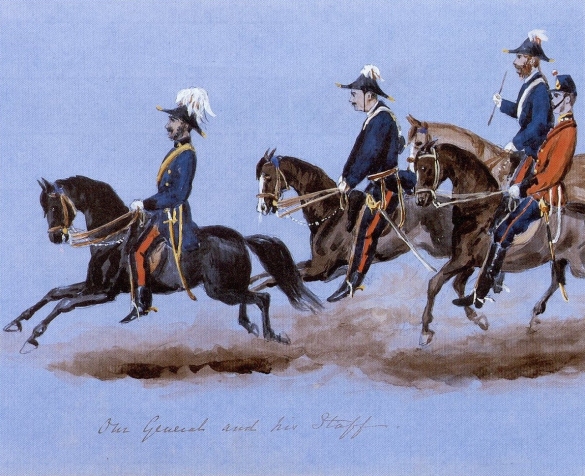How can this be? The Empire must win. The Empire MUST ALWAYS WIN.
Unfortunately we’ve always been more talented at defence than attack...Williams is an competent(+) defensive tactician. I’m not sure his offensive capabilities were ever tested particularly.
I've had that observation too. You see many talented commanders/victories on the offensive (Blenheim, Plains of Abraham, Salamanca, the Alma, Long Island) but there's a goodly number of famous victories on the defence where the British have cracked their enemies teeth on their entrenched positions (Crecy, Azincourt, Quebec, Lundy's Lane, Queenston Heights, Waterloo, Inkerman) which stand out. Williams, from all I have read, stands out as one of the better defensive minds. Kars, considering the hopeless odds, was heroic, and he forced the Russians to pause in a position they should have walked over. Couple that with his experience with the Royal Artillery and he was a good man to have holding a line. He'd put his mind to the issue of defending Canada since his arrival there, and his whirlwind tour of the country OTL suggests he was quite serious about holding his ground, while the limited correspondence I can get my hands on suggests he wasn't enthusiastic about attacking the United States. So there's no real offensive strategy he's ever put his name to.
Yeah, most of the British commanders get a better defensive rating than attack. Overall, I think the Wrapped in Flames expansion pack does a pretty good job expanding on a game I already loved. I didn't like the new counters though, but I'm used to it.
Here's hoping I can make it up to you in the sequel then







